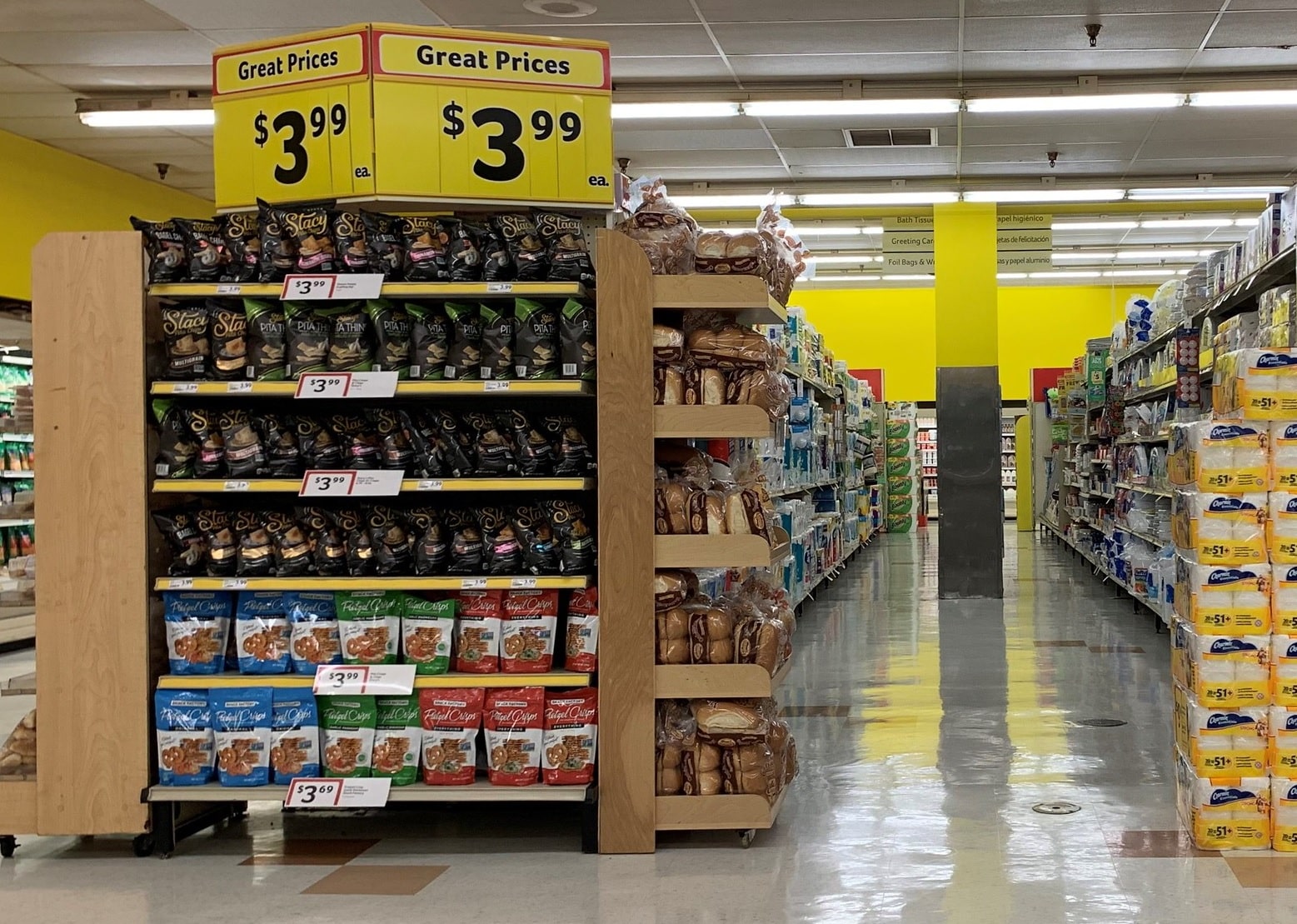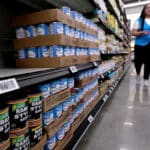It could be good news, bad news at the grocery store in the coming months. Retailers say they plan to offer more deals – they just won’t necessarily highlight those deals in printed weekly circulars anymore.
Those are some of the many insights contained in FMI—The Food Industry Association’s “The Food Retailing Industry Speaks 2023” report. The latest edition of the annual report aims to find out what’s in store for the grocery industry by surveying 100 retailers who, together, operate more than 39,000 stores, along with 26 food product suppliers, responsible for nearly $300 billion worth of food product sales.
What the FMI found was that “retailers and suppliers expect inflation will continue,” and “consumer behavior will be negatively impacted” as a result. So they’re planning some changes, to make sure their businesses aren’t negatively impacted as well. And some of those changes involve fine-tuning their pricing, offering less-expensive store-brand alternatives, and trimming costs by cutting back on printed weekly ads.
Some survey respondents expressed concern that their once-regular customers are shopping around more, looking for better deals. And those customers aren’t just going to other grocery stores. Only 40% of grocery retailers considered other grocery stores to be among their top competitors. “Price-focused retail channels” like supercenters, dollar stores and limited-assortment stores were cited more often as top competitors than in last year’s survey.
“Inflation has been killing the price image of our business,” one survey respondent said. As a result, once-loyal shoppers are seeking out lower-cost alternatives. “Customers will consolidate their shopping to the most inexpensive retailer,” another survey respondent observed.
So it would seem that retailers’ obvious response to lower-priced competitors would be to lower their own prices. But retailers say it’s not that easy. Most told FMI that their higher shelf prices are barely enough to offset their own costs. Shoppers are spending more per trip, but buying less and shopping less often. So retailers say their sales have actually dropped this past year as compared to the year before. And only 12% expect that to change in the year ahead.
Even so, “food retailers are acutely aware of customers’ demand for value amid this inflationary environment,” the report reads. Several survey respondents said they plan more “investment in base and promotional pricing,” otherwise known as lower everyday prices and more weekly deals.
But in order to afford lower prices, retailers are going to have to cut costs somewhere – and the traditional printed weekly circular seems to be a prime target.
Some survey respondents said they are planning “circular pullback” in the year ahead, and some already have. Kroger earlier this year quit distributing printed circulars via mail and newspapers in most of its markets. And other retailers who participated in the FMI’s survey are apparently considering the same. In last year’s survey, 55% of retailers said the printed circular was “highly effective,” leading the FMI to conclude at the time that “despite longtime predictions about the demise of retail print circulars, this marketing vehicle is rated as one of the most effective tools.”
But this year, the percentage of printed circular true-believers slumped to just 38%. And it’s not just big chains like Kroger that are saying so – the fewer stores a survey respondent has, the less effective they consider their printed weekly circular to be. That said, large chains were also more likely to believe in the effectiveness of digital circulars, suggesting that they consider both formats to be valuable marketing vehicles – for now.
So in the months and years to come, you may find yourself in a situation where your local grocery store is lowering prices and offering more deals – but there won’t be a printed weekly circular to tell you about it.
In the meantime, grocers that can’t afford to lower prices across the board are hoping to differentiate themselves from the competition by offering more private brands, more grab-and-go prepared foods, and emphasizing their online shopping capabilities that their lower-priced competitors don’t necessarily have.
But those features are only as good as shoppers’ ability to pay for them. And with grocery prices and household budgets the way they are, in the competition for your grocery dollars, it may well be that the lowest price will continue to win.
Image source: Phillip Pessar

















Also likely makes some sense, as the paper fliers have to be made up further in advance and they are not fully aware of what items might suddenly go up in price (for instance, the way eggs did earlier this year).
Having an ad only online would allow for said ad to be changed much easier if an issue came up (be it price, trouble getting supplies of something or whatever), up to just before the sale (many stores post it a couple days before the sale week starts).